Popular:
Popular:
Fleeing for their lives from the Crusaders in the 13th century, Europe’s Jews seek and find safety in Poland. Under legal protection, Poland’s Jewish communities thrive. By the 16th century, 80 percent of all Jews worldwide lived in Poland, enjoying relative tolerance. Unfortunately, this peace ends for Polish Jewry toward the end of the 18th century, when Poland is unjustly partitioned between Russia, Prussia, and Austria, and most Polish Jews are forced to live under Russian rule, which imposes geographic and professional restrictions on them.
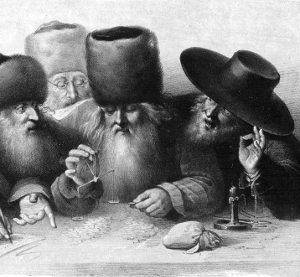
Though living in peace, Poland’s Jews know it’s fragile and dependent upon the banking and legal services, among others, they continue to provide to their community. This proves true when, in the 1880s-90s, after the assassination of Russian Tsar Alexander II, Polish-Russian Jews, are blamed for his assassination and targeted in retaliatory attacks. The ruling Russians spread anti-Semitism and carry out organized anti-Jewish riots and massacres called progroms, and many Warsaw Poles increasingly grow resentful of the Jews for their educated, elitist ways of life and business successes.
At the end of World War I, Poland is restored as an independent country after being divided among the WWI’s fighting powers and more than a century of foreign rule before that. The country finally gets back territory that had originally been part of Poland in earlier centuries but had been considered as part of Austria, Prussia and Russia for 123 years under the partitions. National Polish pride surfaces under the leadership of national hero Marshal Jozef Pilsudski, who establishes an army for the first time under the newly sovereign Poland.
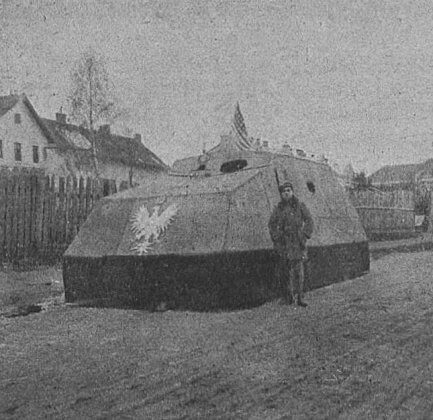
As Polish nationalism rises, so too does anti-Semitism. Though there are many minorities in Poland, Poles continue to target Jews for massacre in pogroms, as they associate Jewry with the hated revolutionary Leon Trotsky, a Jew himself, and their enemy, the Russian Bolsheviks. While Jewish legal rights are supposedly protected under the post-war Treaty of Versailles, Poland does not abide by them and, instead, imposes restrictions and enacts legislation to weaken its Jews economically. They also carry out various anti-Jewish acts to cause physical damage.
Adolf Hitler’s rise to power spurs a concerned former Prime Minister Pilsudski to approach France about jointly taking action against Germany to prevent any potential future aggression. Rejected by France, Pilsudksi takes a wary yet softened view of Hitler. The growing international isolation of Hitler’s regime is actually a sign of reduced risk of German aggression toward Poland, especially as the new chancellor seems less anti-Polish than his Prussian predecessors. If anything, the USSR poses a greater security threat to Poland.
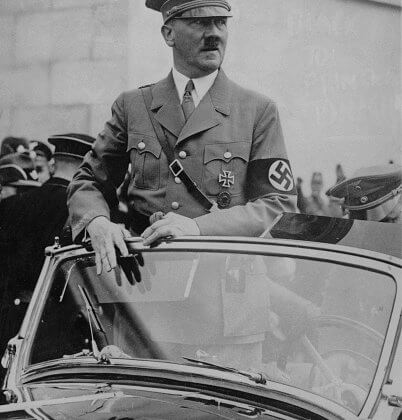
Poland will have to fend for itself against Adolf Hitler and his stated intentions to use his newly amassed power to restore German dignity by demanding territorial concessions from it. This is because France is not eager to enter into a third war with Germany in 70 years. The French government, whose civilian population is indifferent to the Nazis and whose army is still reeling from WWI, tells Poland that it prefers a defensive-only posture this time around.
Given France’s refusal to join Poland’s preventative actions against Germany, former Prime Minister Piłsudski is compelled to accept Hitler’s proposal of a 10-year German-Polish non-aggression agreement. He cynically views the pact as a way to protect Poland by buying time to prepare itself against future conflict that will inevitably arise with Hitler. Feeling cornered, yet wanting to cover all bases, he also extends the existing Soviet-Polish nonaggression treaty to December 31, 1945, bravely ignoring Hitler’s repeated suggestion to form a German-Polish alliance against the Soviets.
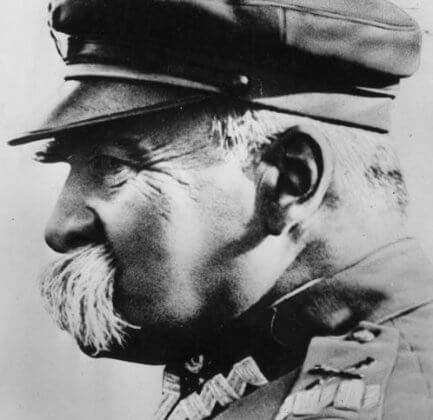
The signing of the German-Polish non-aggression pact is merely a first step in Hitler’s planned courtship of Poland. While it grants Poland some peace of mind and paves the way for a mutually beneficial trade agreement between the two countries, this pact is making a deal with the devil as it gives Germany a settled eastern border and allows Hitler time for rearmament. Britain and France see this pact as an act of political weakness on the part of Pilsudski, who is getting distracted from deeper regional security issues, like the weakening of the League of Nations.
Poland feels betrayed by both Germany and the USSR when the two sign a 10-year non-aggression pact in which they agree to neither attack one another nor support a third power that might attack the other party. Poland is left vulnerable, as the pact lays out the spheres of interest between the two powers, ultimately dividing up Poland and eastern Europe between Germany and the USSR, who views this pact as a way to prevent a Nazi invasion on its own soil.
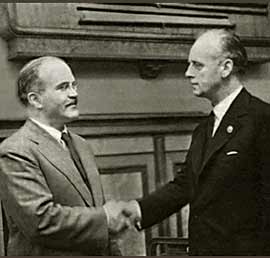
Hitler’s territorial ambitions, especially retaking from Poland former German provinces like the Free City of Danzig, are now within reach with this non-aggression pact with the USSR. This alliance comes as a shock to Europe, as it will allow Nazi armies to invade Poland practically unopposed by any major power. It was a devastating error that Poland chose to ally itself with Germany in the first place.
Though taken by surprise, Polish troops are motivated to defend their lives and country in the 1939 Defensive War against Nazi Germany’s unwarranted invasion. Poland’s outnumbered and unprepared soldiers bravely face off against Germany’s Wehrmacht forces, but they are no match. All hope is lost when, two weeks later, the USSR attacks from the East. The Poles are betrayed by the French and British, with whom they had defense pacts but who chose not to act upon them, and are left at the mercy and brutality of its German and Soviet invaders, all alone.
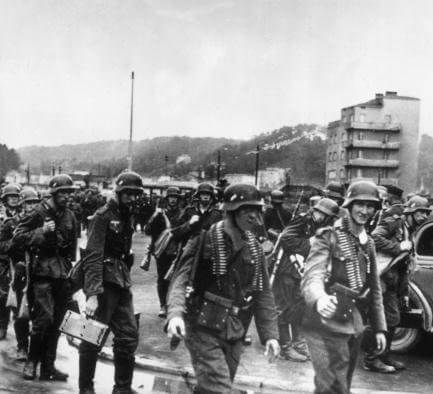
As Germany’s armored corps quickly defeats the Polish army, Adolf Hitler is enthusiastic that his Polish Campaign will enable Germans to rebuild Poland as a colonial homeland for Germans. Already experiencing rising discrimination and anti-Semitism in Poland’s universities and from the Catholic Church, Jews increasingly feel unsafe when the Nazis come.
The Poles in western Poland suffer under the Nazis, who subject them to brutality, ethnic cleansing and slavery. Unlike in other occupied countries, like Vichy France, Poland doesn’t have a Nazi puppet government. Instead, Poles courageously organize one of the largest resistance movements in Nazi-occupied territory, encouraged by the Polish government-in-exile. They sabotage German facilities, disrupt German supply lines to the Eastern front, and sneak intelligence to the British. Hundreds of thousands, if not millions, of non-Jewish Poles risk their lives to hide Jews.
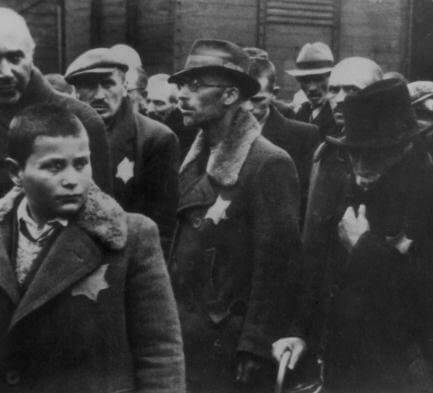
With western Poland under Nazi control, Hitler appoints Heinrich Himmler and Hans Frank to reorganize the “ethnographic conditions” in Europe and set apart the racially inferior Jews. While there is no official collective decision among Polish nationalists to collaborate with the Nazis, the atmosphere of anti-Semitism enables many Poles to willingly exploit their power over the Jews’ lives and deaths. They do so by either actively killing Jews, like in the Jedwabne pogrom, where anywhere between 600-800 families are burned alive, or by watching passively as Jews face death.
While the Nazi occupiers build death camps in Poland and a railway system to take Jews from all over Europe to be murdered in Poland, non-Jewish Poles also suffer from their brutality. In a campaign to destroy Polish culture and eliminate Polish intellectual, religious and political leadership, German police shoot thousands of Polish civilians and require all (1.5 million) Polish males to perform forced labor. Hundreds of thousands of non-Jews are also imprisoned in concentration camps. Despite the danger and terror, Poles continue to risk their own lives to save Jewish lives.

As part of their Final Solution, the Nazis build concentration and extermination camps throughout Poland and Europe to carry out ethnic cleansing. Non-Jewish Poles passively witness Jews being rounded up from their cities and herded into the Warsaw Ghetto or deported in masses from the center of Warsaw to killing centers. Many non-Jews move into the homes forcibly vacated by Jewish neighbors or turn over to the Nazis those Jews trying to hide. Some also extort money from Jews who desperately seek help. The Polish Underground also can’t be trusted to help Jews.
To prevent the Nazis from transporting the Warsaw Ghetto’s remaining Jews to extermination camps, armed Jews rise up in desperation against the Nazis with smuggled weapons from non-Jewish Polish resistance. To the astonishment of all, resistance lasts nearly a month before the ghetto is burned down. Subsequently, the non-Jewish Polish resistance stages the Warsaw Uprising, strategically timed to occur as German forces start retreating from Poland ahead of the Soviet advance. It lasts 63 days but tragically ends with 200,000 deaths and Warsaw razed.
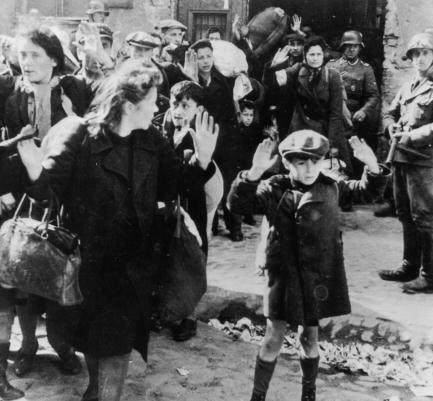
Though non-Jewish Poles live in the Aryan-only side of Warsaw, separated from the Warsaw Ghetto, its walls are not hermetically sealed. Plus, they cross by it when traveling around the city, silent, indifferent witnesses to its miserable, horrific living conditions. The additional fact that the Polish resistance movement’s widely read underground press covered the Warsaw Ghetto Uprising as well as events leading up to it and its destruction, shows not only that Poles knew that Jews were suffering but did not consider them or their plight as worth fighting for.
The long-awaited defeat of the Nazis in 1945 does not lead to Polish freedom or collective relief. Instead, “liberation” is justifiably met with suspicion and hard feelings, especially since the Soviet Union, which stood and watched as the Nazis slaughtered Polish resistance instead of aiding it against the enemy, installs its own communist regime. Poland will be once again left on its own to survive, stuck behind the Iron Curtain until the 1980s, when Poland manages to rid itself of Communist rule.
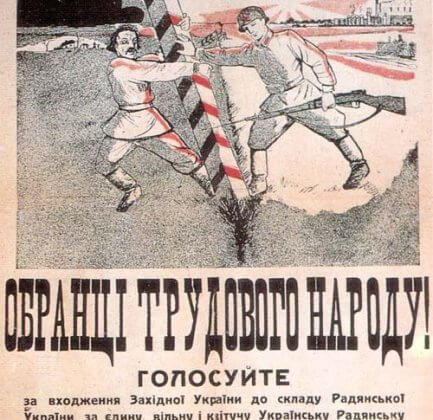
Soviet forces capture Warsaw in January, driving all remaining German forces to flee in from Poland in defeat by March. Any Polish Jewish Holocaust survivors searching for family or belongings encounter anti-Semitism and violence from fellow Poles in post-war Poland. Those Jews returning to Krakow, among other cities, find they are not welcome back, with violence against them heating in August during the Krakow pogrom. By 1946, Poles carry out the Kielce pogrom, the deadliest outbreak of violence against Jews since the war. Jews realize they’re better off not staying in Poland.
On the 73rd anniversary of the Warsaw Uprising, when the Nazis killed around 200,000 Poles and nearly destroyed the city in its effort to stop Polish resistance, it is time that Germany pay reparations to Poland and its citizens. Though money will never make up for the physical and mental suffering that the Polish people endured at the hands of Nazi forces, and it is an important gesture for Germany as a way to take responsibility.
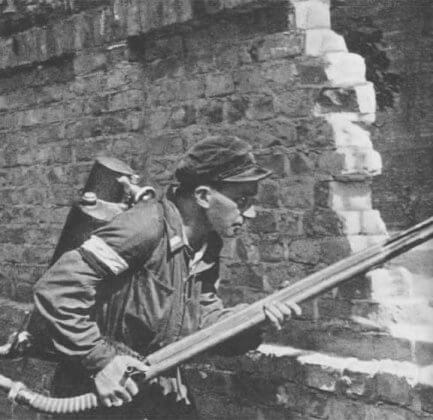
While Poland may deserve monetary reparations from Germany, it should look at the unacknowledged crime its government has been involved with since the end of the war. What about Poland’s surviving Jews whose property was stolen during the war and who are now trying to reclaim it? The government has taken no action or created any restitution law to return private property confiscated by the Nazis or nationalized by the Communist regime. There are only roadblocks.
In a long overdue effort to set the record straight and defend Poland’s honor, the senate passes a law that makes it a crime to falsely accuse the country and its people of crimes committed by Nazi Germany during WWII. Poland nationalists want the world to know that its people were victims of Nazi atrocities and not perpetrators of them. It is time the world stops defaming Poland over other occupiers’ wartime activities.
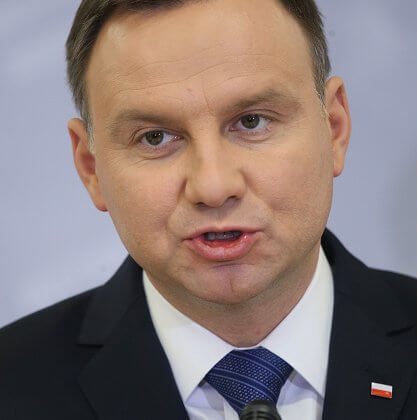
Poland’s new contentious legislation, criminalizing mention of Poland’s complicity in the Holocaust does a grave injustice to Holocaust historians and survivors. While the concentration and extermination camps in Poland were a Nazi-German enterprise and didn’t have any connection to any Polish authority, it does not absolve Poles of responsibility of crimes and murder that took place in their country by fellow countrymen.
As Poland is not responsible for the Holocaust, which was committed by German occupiers on Polish territory – and targeted non-Jewish Poles as well as Jews – the Polish government has nothing to apologize for by setting limitations on Holocaust-era property restitution claims. The aim of these new rules is to stop fraud and irregularities concerning property restitution in our cities.
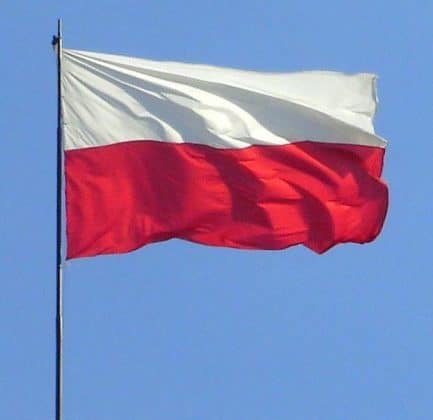
In yet another slap in the face to Polish Jews who survived the Holocaust and have been trying to regain their property seized during and after WWII, Poland’s president, Andrzej Duda, has approved a law that curbs restitution claims by setting a 30-year limit on any claims to property, including art, stolen by Nazi Germany that was then confiscated by Poland’s Communist regime.
